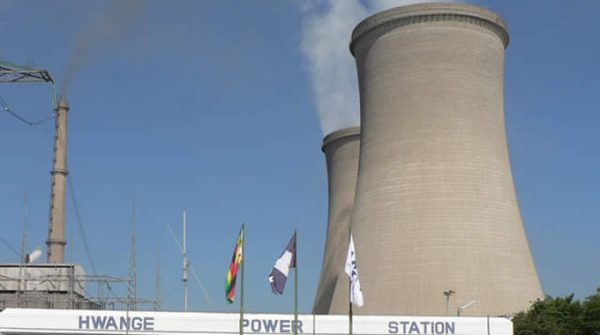THE Western Coal and Energy Company plans to build 2x300MW power plants in Hwange at a cost of US$1.2 billion and increase its existing mining investment in the district to over US$100 million, creating more than 1 000 jobs when fully operational.
The company has poured about US$20 million into the young project in the past few years and is already supplying coal to the market. The Western Coal and Energy Project is one of the key investments in Matabeleland North province set to significantly contribute towards the US$12 billion roadmap for the mining sector, which feeds into the broader Vision 2030 as set out by President Mnangagwa.
The Western Area property has been explored and investigated over the past years with various drilling campaigns proving resource viability.
The mine is already supplying Hwange Power Station with thermal coal and is working on supplying the rest of the market in August when their latest technology processing plant, which is currently in Beitbridge, arrives.
Briefing President Emmerson Mnangagwa and his delegation during a tour of the business here yesterday, company representative and prominent local businessman, Mr Billy Rautenbach, said their first step was to establish how much coal was in the concession and making sure it was sustainable to start mining.
“What I can confirm is that the coal is there and the mining is possible and the coal grades are very good. In this regard, over US$20 million has already been invested into the Western Coal and Energy project with a total investment expected to be in excess of US$100 million over the next two years,” he said.
“We are continuing on our drilling campaign because we need to prove that there is a minimum of 25 years of coal reserves here and the way we are going, I am sure we are very close to proving 25 years of operation here”.
Mr Rautenbach reiterated that the mining sector was Zimbabwe’s biggest foreign currency earner and stressed that investments in the industry were paramount to improving the economy. He said his company was committed to environmental friendly and sustainable mining practices to provide quality products for local and international markets.
Under the initial phase of the project, Mr Rautenbach said they expected to create 200 jobs, which will increase to 1 000 at its completion.
He said there were two phases in the coal mining aspect of the mine with the first being mining and production of high grade coal.
Mr Rautenbach said the mine design and processing plant allow for a total of 150 000 tonnes of monthly coal production in phase one with a potential to increase capacity to 300 000 tonnes per month in phase two depending on demand.
With units 7 and 8 under Hwange Power Station expansion coming on board next year, he said the new coke batteries raise the possibility to achieving 300 000 tonnes per month and that the model can be duplicated if the market is there.
“We have enough coal and we have the technology to produce the new power plant that is units 7 and 8, which is due to start in the middle of 2021. So please be rest assured there will be no shortage of coal,” he said.
Mr Rautenbach said in addition to the high grade thermal coal, the Western Coal deposits host industrial coal for use in local industry.
“In future, we will be opening underground mine production so that we will be focusing purely on coke and coal. Coke and coal is in high demand world wide because of the environmental issues in the US and even now in China.
“A lot of them want coke and coal from Africa and we have millions of tonnes of coke and coal in Zimbabwe not only here but the whole of Zimbabwe,” he said.
“Our biggest target with our company is power generation. On that front Western Coal and Energy is going to build two additional 300MW power stations. This aspect of the project will involve about US$1,2 billion investment.
“We have had several meetings and we have been to China three or four times now and met with Chinese partners and there are only two things left for us, to prove up the resource that we have enough for 25 years to pay off the power station. We are nearly there and the second one is to finalise the pricing when we generate the power, which we are in the process with ZERA and ZETDC.”
With the plans that the company has, Mr Rautenbach said there was no need for Zimbabwe to import coal again. A few years ago the country had in some instances been forced to import coal yet the resource is abundant at home .
“We have the resources, we have the local skills and the financial ability to produce adequate coal to meet the current need of the country as well as for any future requirements resulting from the projected growth of our economy,” he said.
The Chronicle
.png)




